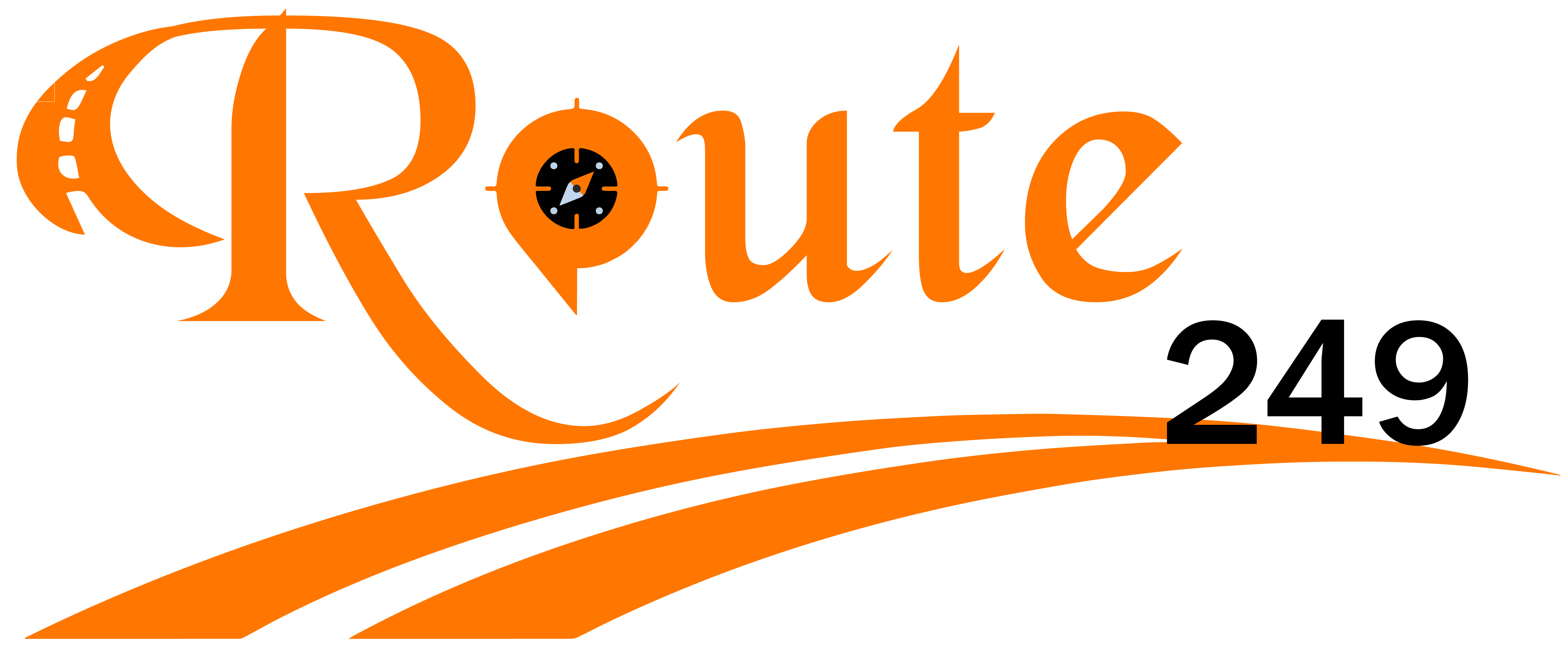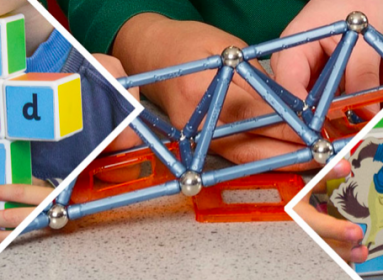
Rust stains are unsightly and often disconcerting. The red and brown stains in your bathroom steal all the attention from your beautiful tile and fixtures. They also make your sink and toilet look like they’ve rarely been cleaned, even if you scrubbed them with all your might this morning.
Rust stains occur as a result of many different factors. It can indicate that your water is particularly iron-rich, causing red hard water stains on white surfaces. If you let metal (such as a shaving cream can) rest on a wet surface, it will also cause a rust spot.
If you have a rusting galvanized steel or Copper pipe, it can also bleed rust when you run the tap water. This leaves a nasty-looking red spot around your sink drain and the discharge hole in your toilet.
Removing this rust can seem like a daunting task, as regular cleaners won’t solve the problem. In fact, your typical bleach-based bathroom cleaners may drive the stubborn stains deeper into the porcelain.
Instead, try one of these tried-and-true tricks for removing rust from your sinks and toilets.
[Note: Before using any of these techniques, you may need to empty your toilet bowl of water to get stains near the discharge hole. Don long, rubber gloves. Then, using a toilet brush, push the water into the discharge hole with long, steady strokes. The water level will decrease, and you can attack the stains head-on.]
Shaw’s Pads
This septic tank-friendly option takes a chemical-free approach to removing rust. Shaw’s Pads come with a scouring cloth and handle that puts elbow grease to work to remove stains. The pads are specially formulated to chip away at rust, calcium, and lime build-up, so you can take care of any stubborn mineral stain without scratching your sensitive surfaces.
Baking Soda and Lemon Juice
One of the most effective natural cleaners for this problem is a combination of lemon juice and baking soda. Start by squeezing lemon juice—fresh or bottled—onto the stain. From there, you’ll let the acidic juice soak into the stain for 5-10 minutes.
Pour baking soda over the juice and use a scouring pad, such as Shaw’s Pads, to scrub away the stain. You may have to repeat this process a few times to fully lift the stain, but you’ll see improvement after just one application.
Pumice Stick
Pumice sticks and stones are a long-used tool for removing all kinds of mineral-deposit stains from bathroom surfaces. They are particularly useful for the toilet discharge hole and rings in your toilet.
Wet the bar with water and scrub the stain with back-and-forth motions. It will create a pumice paste that will lift almost any mineral stain. Just rinse the residue with water when you’re done.
Cola
It’s a little known fact that cola can be used to clean rust from almost any surface. This soda is deeply acidic, and although it won’t hurt your body when you drink it (apart from your teeth), it will eviscerate mineral deposits and stains on your bathroom surfaces.
The easiest method to clean with cola involves stopping your sink and filling it with the soda. For your toilet, simply pour a two-liter bottle into the bowl. Let it sit overnight. In the morning, you should be able to scrub away any stains with ease.
CLR
One of the most popular chemical cleaners for removing rust and other mineral deposits is CLR. This plumber-friendly juice can be poured on any surface stain to remove buildup. Follow the instructions, and wear gloves for this chemical-heavy cleaner
You can also use CLR to clean your pipes that might be the cause of your rust stains. Pour CLR down the drain, and it will remove sludge and mineral buildup so that your water flows more easily and your pipes stop leaking rust.







1 Comment
This one completed my day. Thank you for sharing.